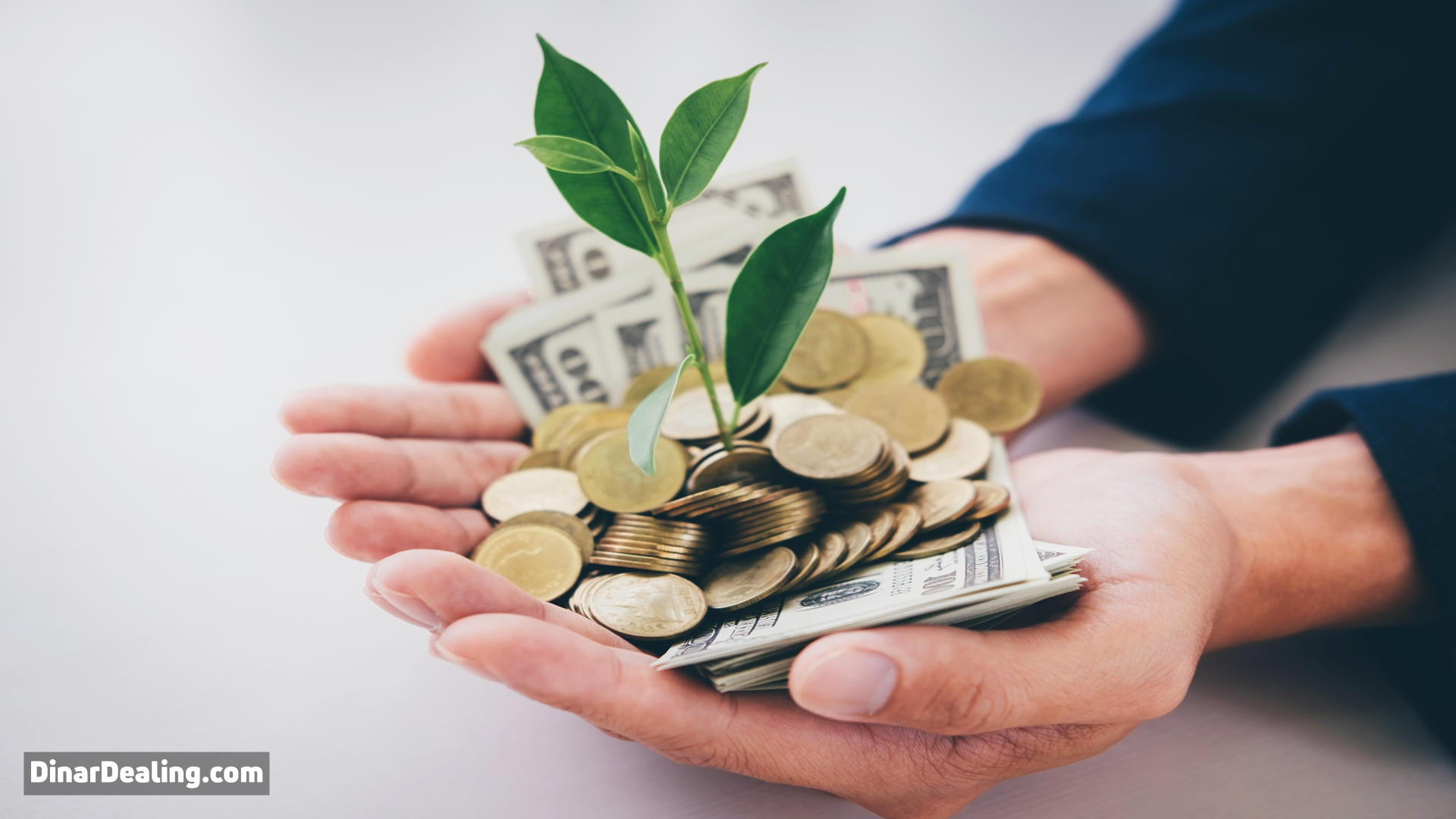The Iraqi Dinar (IQD) is a currency that has sparked interest and speculation among investors and currency enthusiasts alike. With unpredictable geopolitical factors and economic developments, understanding the most up-to-date and game-changing aspects of the IQD is essential for anyone interested in this currency. Here, we delve into 12 crucial facts about the Iraqi Dinar that you simply can’t afford to overlook.
1. The Historical Significance of the Iraqi Dinar
The Iraqi Dinar has a long and rich history that reflects the political and economic changes in Iraq. Introduced in 1932, it replaced the Indian Rupee, which was then used in the country under British influence. Understanding this historical context can provide insights into its current and future value.
2. Post-Gulf War Devaluation
One of the most significant changes to the Iraqi Dinar occurred after the Gulf War. International sanctions and internal strife led to severe devaluation, rendering pre-war currency practically worthless. This historical event continues to impact perceptions of its stability and potential for recovery.
3. The New Iraqi Dinar Introduction
In October 2003, the Central Bank of Iraq introduced a new currency series to stabilize and rebuild the economy. This move was part of broader efforts to establish a more secure economic environment and separate the currency from the problems of the Saddam era.
4. Currency Pegging and Exchange Rates
Unlike some other currencies, the Iraqi Dinar is not pegged to the USD or another stable currency, which means its value can be highly volatile. Understanding this lack of pegging is crucial for any potential investor or trader looking for stability or growth.
5. Speculative Interest and Investment
The Iraqi Dinar is an attractive option for speculative investment due to the potential for significant value change depending on economic recovery and oil production. However, it’s crucial to recognize the risks involved due to the currency’s volatile nature.
6. The Role of Oil in Economic Stability
As one of the world’s leading oil producers, Iraq’s economy is heavily dependent on oil. The Dinar’s value is closely tied to oil prices and production levels, making it a currency deeply linked to this sector’s fluctuations.
7. The Impact of Geopolitical Stability
Geopolitical stability is a critical factor affecting the Iraqi Dinar’s potential. Political unrest or improvement in Iraq can have immediate and profound impacts on its economy and, consequently, its currency. Keeping informed about political developments is essential for anyone interested in the Iraqi Dinar.
8. Central Bank Policies and Interventions
The Central Bank of Iraq plays a significant role in maintaining the value of the Iraqi Dinar. Its policies, reserves, and interventions can affect currency stability and investor confidence. Monitoring the central bank’s activities offers insights into short and long-term currency trends.
9. The Potential for Revaluation
There is ongoing speculation about the potential for the Iraqi Dinar to be revalued, offering attractive returns for investors. While revaluation presents an opportunity, it is also speculative and dependent on economic and political stability. Caution and risk assessment are advised.
10. Regulatory Environment and Legal Implications
Understanding the regulatory environment governing the purchase and trade of the Iraqi Dinar is essential. Currency exchanges often involve legal implications, and ensuring compliance with local and international trade laws is crucial for investors and sellers.
11. Inflation and Economic Reform
Inflation is a consistent challenge in Iraq’s economy, affecting the Dinar’s value. The government’s efforts toward economic reform, diversification, and development play vital roles in controlling inflation and strengthening the currency’s purchasing power.
12. The Future of the Iraqi Dinar
The future of the Iraqi Dinar is deeply linked to Iraq’s ongoing efforts in political reform, economic diversification, and investment in infrastructure. Analyzing these factors can help forecast the currency’s potential path forward and its role on the global stage.

